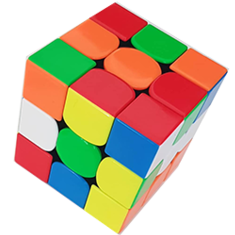Im doing quantity takeoff of a building and just introduced to custom Lisps by google search. i wonder if the below task is doable using lisp.
1. batch label polylines (multiple selected polylines labelled with incremental numbers prefixed to a text which can be entered manually, for example, 1-Beam1, 2-Beam1 etc.. 1-Beam2, 2-Beam2 and so on). perhaps modify the attached lisp that labels selected polylines with its layer name ll-Label A line with its own layer name.lsp which i got from internet
2. create a table that would contain the label (as given by the above lisp), layer name, length, and area of selected polylines one by one. something like the attached lisp which create length and area of selected polylines. test area length.lsp i got that too from internet and originally gave polyline lengths and i modified it to give area too.
thank you all
